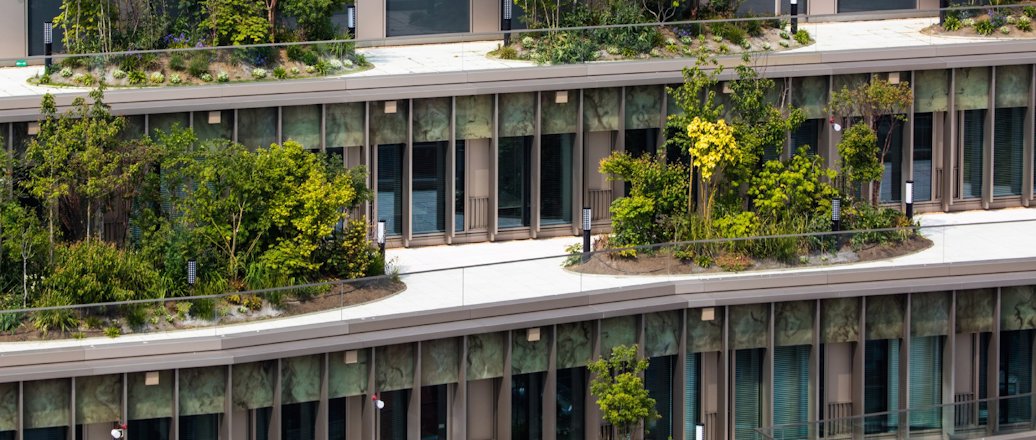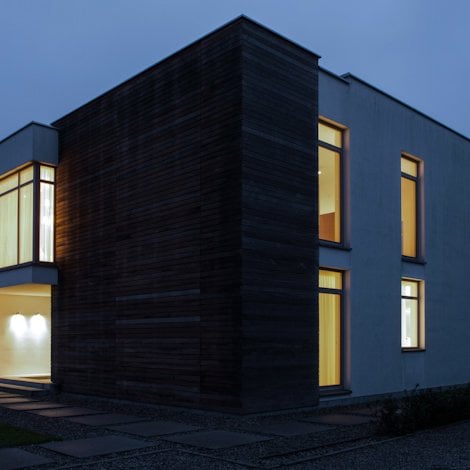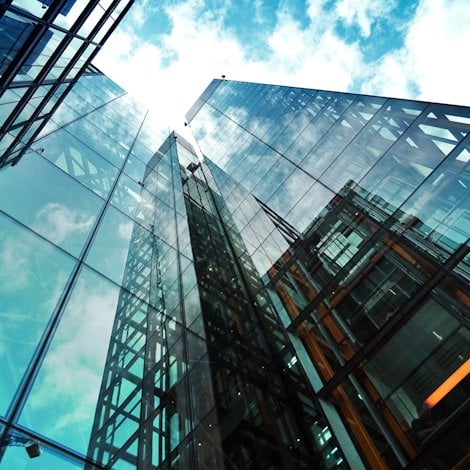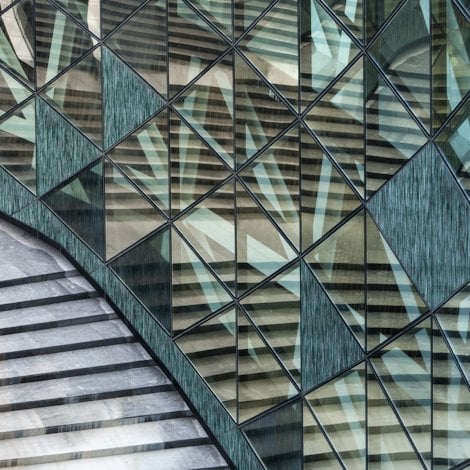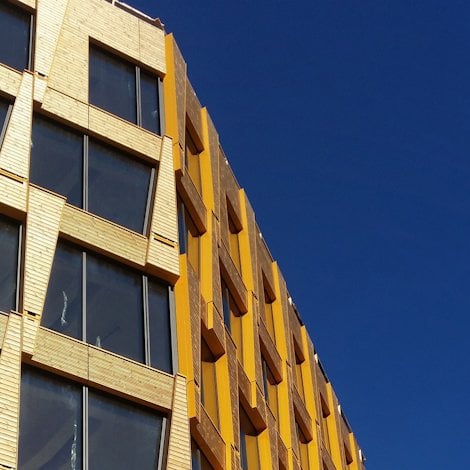Why correct material selection is important to sustainable architecture
We in the building industry can make a huge contribution to our planet by driving a green shift. Call it sustainable architecture, where we ask architects to design buildings that are sustainable and still beautiful. What is the thinking behind sustainable architecture?
You probably know this: The International Energy Agency says our industry is responsible for about 40 percent of global CO2 emissions through the construction, heating, cooling and demolition of existing buildings. This may be why more architects are working toward climate-friendly buildings, and seeing the business opportunities in this.
In the past, the focus on the environmental impact of buildings has largely been on energy consumption alone. In climate-focused construction, we look at the total greenhouse gas emissions throughout the life of the building. This accounting also includes the emissions and carbon footprint of the building materials.
Integrating sustainability as a defining part of your project will lead to new, architectural solutions. Sustainable architecture involves cost-effective construction, with the least possible greenhouse gas emissions seen in light of the entire life cycle, and buildings that provide good health, where people thrive and where they achieve good productivity.
Architect's place in a circular economy
In a circular economy, we utilize resources to the maximum. This means that materials and products are used again, so that waste is not created and then sent to a landfill. In this way, we minimize raw material consumption, waste, emissions and energy consumption. It also leads to environmental benefits related to pollution, biodiversity and water consumption.
We are architects and builders. Our jobs are to design and construct. But instead of constructing new buildings with new materials and products, we can transform and renovate existing buildings, re-using products and increasing our use of recycled materials.
And sure, we can also do this with new buildings.
Building materials can reduce greenhouse gas emissions significantly
Our basic competence as an architect is to analyze and deal with functional and spatial-aesthetic issues. With conscious thinking about energy efficiency and product life cycle when it comes to material selection, for example, you can use your knowledge creatively and solve problems that are also tied to sustainability.
Using old building parts and recycled materials will allow your refurbishment or new building project to reduce its greenhouse gas emissions considerably. Waste is also reduced.
It is important for us that suppliers manufacture products that help us create good architectural quality while at the same time leave us feeling confident that these products deliver as little negative impact on the environment as possible in terms of climate effects, resource utilization and biodiversity.
Aluminium contributes to lower carbon footprint
Aluminium has a life cycle that few other materials can match. Foremost is the fact that the metal can be recycled over and over again, and it requires only a fraction of the energy that is used to produce virgin, or primary, metal.
Hydro CIRCAL is an aluminium alloy that contains minimum 75 percent recycled aluminum – metal that has been used in actual products before. It has a footprint of 2.3 kg CO2 per 1 kg of aluminum, compared to the industry average of 16.7 kg CO2 per kg aluminium.
By using used and recycled scrap as a raw material, aluminium that would otherwise be at the end of its life cycle is used again, without compromising the quality of the product.
The conscious use of materials and resources combined with good design pretty much sums up the foundation of sustainable architecture.

